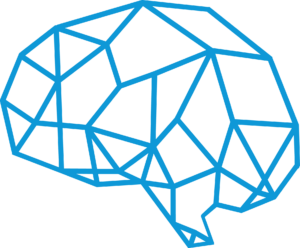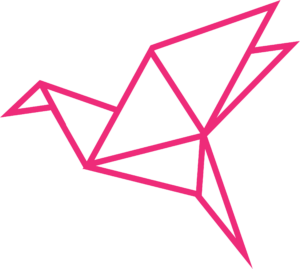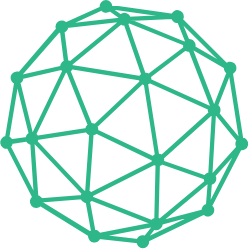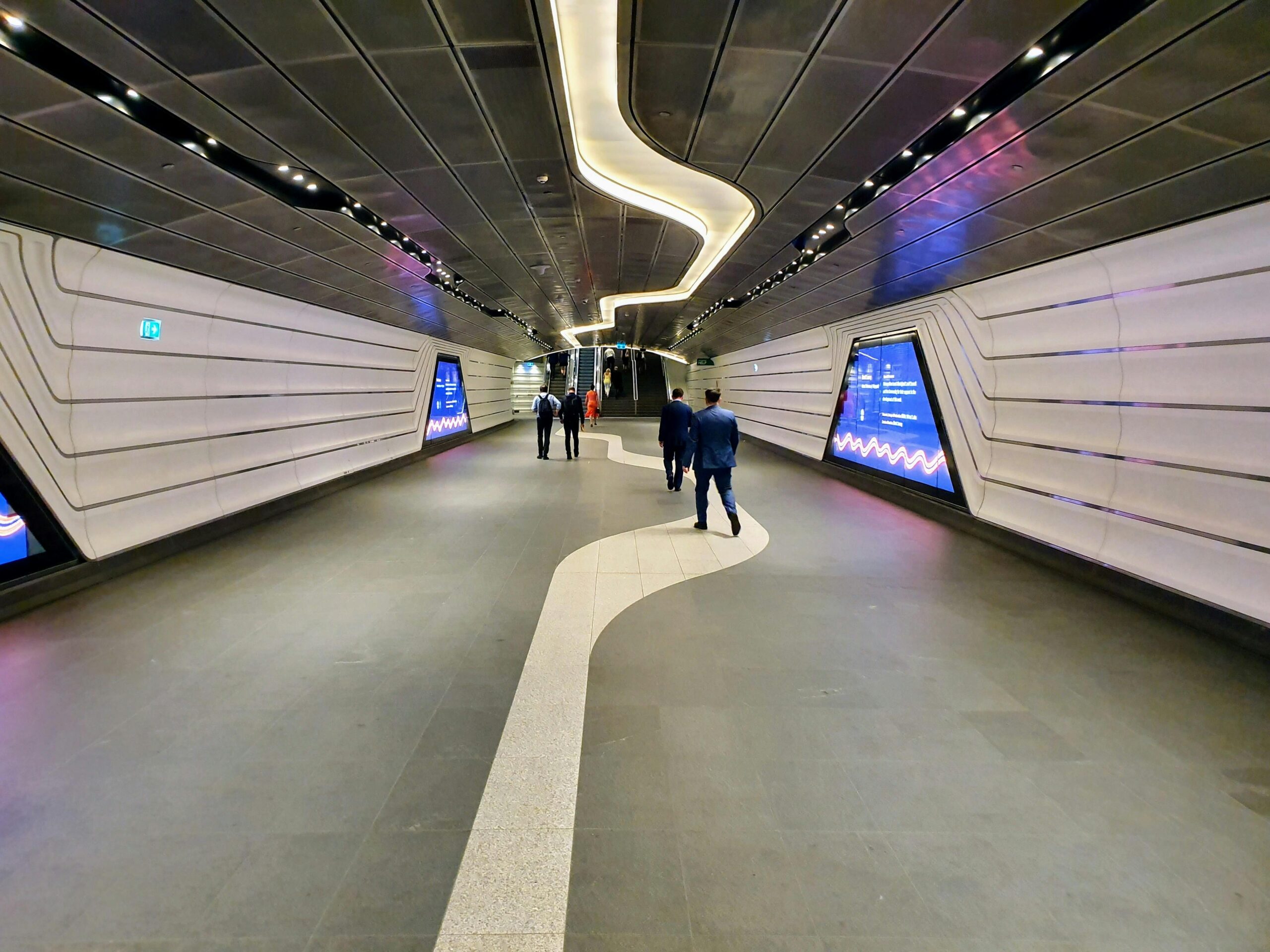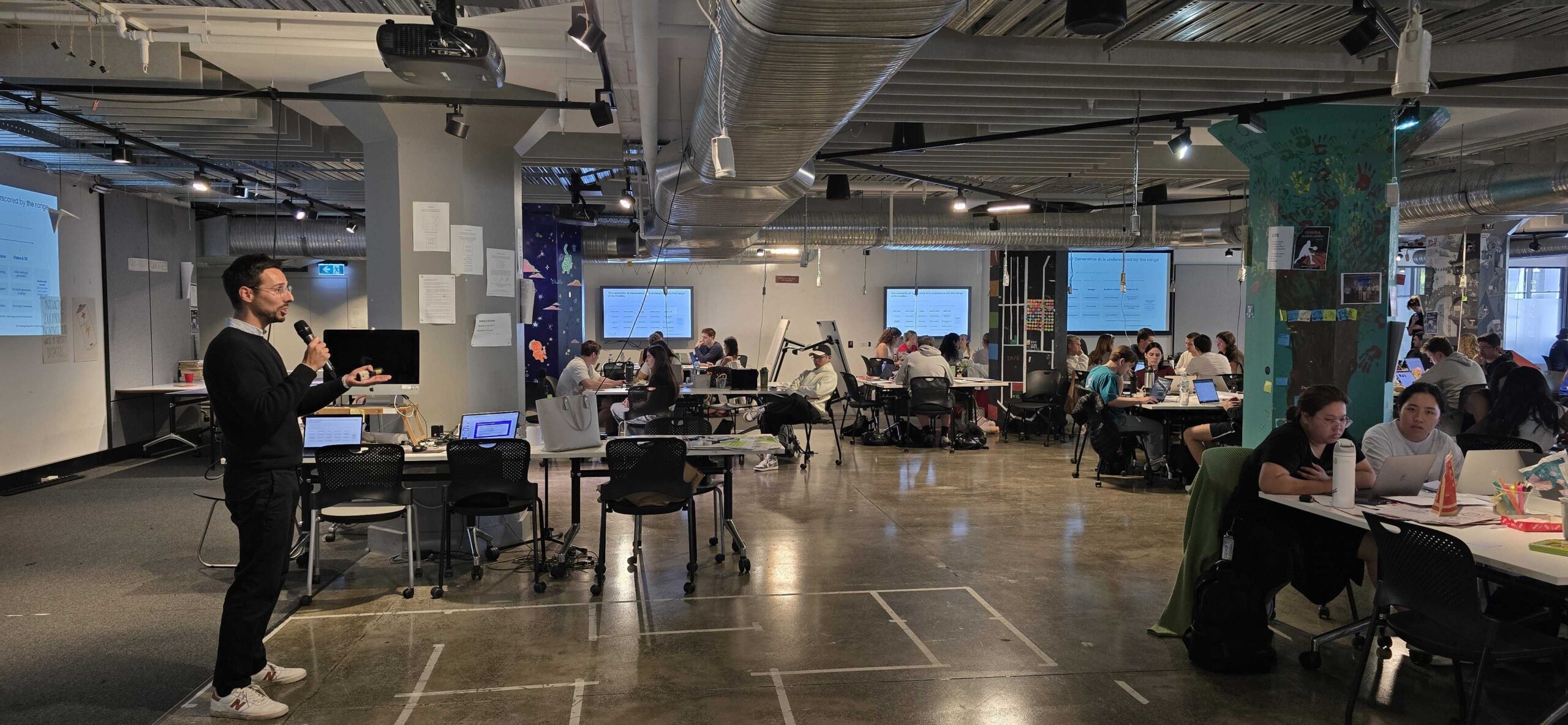Great article from Saul Gurdus for UX Magazine:
If 2014 was dubbed the “year of the customer” then 2015 is surely the “year of experience.” Here are three key trends that will reshape the corporate landscape in the year to come (and beyond).
1. Power Has Shifted to Consumers and Their Experience Matters
Many forces have collided to make this a reality. Over-rotating on cost-cutting and offshoring caused a backlash and consumers are demanding better experiences. A generational force has driven the consumerization of IT with new workers entering the market that expect and demand the same quality of experiences they get every day from their beloved consumer products and services. Today’s social networks have absolutely put consumers in the driver’s seat and their experience expectations are only rising.
The industry appears to agree…
- 70% of buying experiences are based on how the customer feels they are being treated according to McKinsey research.
- By 2020, customer experience will overtake price and product as the key brand differentiator according to the Customers 2020 Report.
I’m seeing a ton of evidence that IT leaders recognize this too. I hear story after story of IT rollouts that result in poor adoption. These failures are no longer being chalked up to poor planning, readiness, or technology. Leaders are acknowledging that their teams lack an understanding of the users they are deploying technology to. For example, a theoretically perfect solution of replacing printed manuals with digital solutions ultimately fails because it’s later discovered that users love their printed manuals and have years of hand-written notes in the margins. The simple step of engaging and empathizing with users before solving for them would have easily uncovered this.
And on the end-user side, we are hearing similar feedback that “IT doesn’t get me” or “it feels like they (IT) are actually working against me.” I hear this across industries from healthcare to manufacturing to technology. IT leaders are not only ready but are actively seeking and experimenting with some of the more human-centred approaches like design thinking, lean startup, journey mapping, and others.
2. Enlightened Vendors Will Take Responsibility for the Entire Experience
In 2015 and beyond, you will see an increase in the number of vendors that decide to take responsibility for more and more of the users’ end-to-end experience rather than simply focusing on what has traditionally been “in their control.” It reminds me of a story a colleague shared about having dinner at a local restaurant. She explained that shortly after ordering, the owner of the restaurant came by to ask what car they were driving. After seeing a perplexed look on her face, the owner responded with a smile and raised a bag of quarters. Due to construction, the parking lots were closed, leaving only short-term, metered parking. This owner chose to take responsibility for her customers’ entire experience rather than just the meal and happily fed the meters all night.
How much of the user’s experience have you decided to take responsibility for?
Steve Jobs recognized how important every aspect of the experience was. Apple already had amazing products and online marketplaces that delighted users but the in-store experience was the job of others, until he made a bold move to make the physical shopping experience his responsibility.
Is your company just focused on creating a great meal? How much of the user’s experience have you decided to take responsibility for? The leading brands of tomorrow will go far beyond a great product and great technical support. They will map their customers’ experiences from beginning to end in search of anything that might get in the way of an amazing experience and the outcomes customers’ expect. They may even find a few moments along their customers’ journey that they can exceed expectations and deliver that surprise.
3. Design Thinking and Lean Soup Isn’t Just for Start-Ups
In the Bay Area, you can’t walk through a Starbucks without hearing mentions of “pivot,” “experiment,” “empathy,” or “fail forward.” This industry wave is sending ripples far beyond the start-up world. Corporations of all shapes and sizes are experimenting with these innovation approaches for various types of projects and products. At Citrix, we’re five years into our journey of making design thinking, and its underlying philosophies, part of our company’s DNA.
We are experimenting with in-house incubators and accelerators that blend the best of design thinking, lean startup, agile development, and others into fast-paced, collaborative environments that push teams right to the edge of their comfort zone where we’ve found learning happens best. What’s amazing is that we haven’t found many project types or challenges that don’t benefit from these techniques. We are far from alone in this space and I’m hearing from more and more companies every day that they’d like to partner, collaborate and learn. Keep an eye on Steve Blank and Eric Ries, the godfathers of Customer Development and Lean Startup, to see where they are focusing their efforts lately. More and more it is on the enterprise segment rather than the startup segment. Assuming they eat their own dog food, this means demand and interest is pulling them this way.
So, if you’re still in the camp that thinks lean only applies to start-ups … I promise you’ll change your mind before 2015 is over.
This article originally published here.
